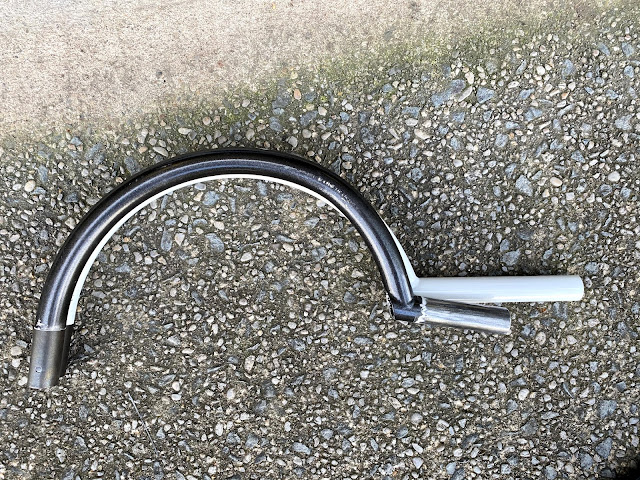After a lot of back and forth with the FAA/FSDO(s) (months) I was able to finally get an appointment to get N5412K inspected. Yes, it was a lot of paperwork, no doubt about that, but the process was more or less straight forward on my side of it. I think all of the DARs are struggling with the new AWC application system, but that is a different story. I felt fairly well prepared and didn't run into anything that I completely missed. The short of it, N5412K now has an airworthiness certificate.
The one thing to really watch for in this process is the actual text in the Phase II kinds of operation. We had to go back and forth a couple of times with the DAR (the new AWC process) in order to ensure that all of the language was correct in order to get VFR, Night VFR, and Instruments defined in Phase 2 Kinds of Operation. Thanks to the RV10 community for helping me with the exact language to look for.
The process itself was more or less how all of the other blog posts read. Once I was able to find someone that was able to come out, we started the conversation about 30 days prior to the actual inspection. The DAR sent me a checklist of things that he was going to go through and I reciprocated with sending this blog URL with the caveat of "this blog is not actually my build log, I have a real build log."
The process itself was fairly quick. It was more or less a very comprehensive pre-flight (with the inspection covers off) with in-depth inspection into some key areas that I am assuming that either are personal importance to the DAR or pushed down from the FAA. I had two tables with my build logs, the paperwork, the photos, the invoices, etc. We didn't really dig much into each individual entry, but when I scrolled through my photos and electronic build logs the DAR was satisfied that I met those requirements probably purely on the size of the folders. The plane itself had its main root fairings, inspection covers, cowl, baggage bulkhead panel off. For the items of the plane that where not immediately visible I did have photos of every mechanical connection for the things that I did not have access to. For instance I did not have any of the tunnel open or the seats out, but I had photos of every linkage, fuel system fitting, brake system fitting, and electrical connector for anything that was not immediately visible. As a backup I did have an endoscope camera ready to go just incase there was something we wanted to see that I did not have a photo for.
When the DAR sent over the checklist, I did ask a couple of questions and had photos in those questions to make sure things like my ELT antenna placement were going to be acceptable to him. The other common things that everyone else has said/argued I made sure were a non-issue. i.e. Control stick contact with anything, the availability of a Whiskey Compass, etc. The only unexpected thing that happened was the night before the inspection the FSDO asked for the Kit Built checklist. The DAR felt bad about this because everyone knows the RV10 is already on the approved kit list, but we made the decision that fighting it was not worth it, it was easy enough to complete and submit rather than argue.















































